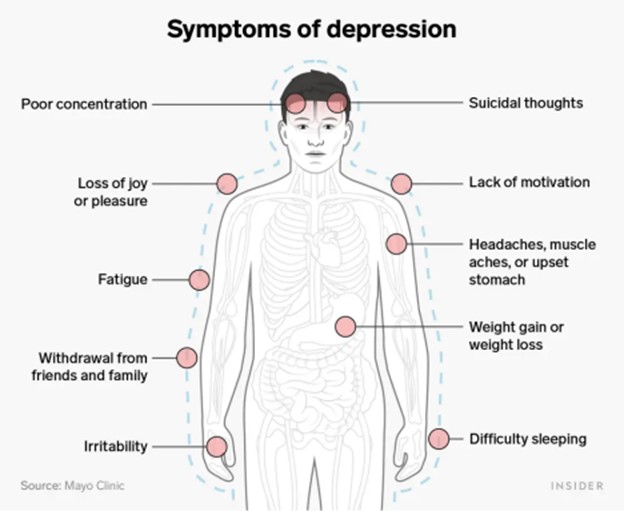A charge nurse is discussing suicide interventions with nursing staff. Which of the following should the nurse identify as an example of secondary intervention?
Recognizing the warning signs of suicide
Identifying individuals who are at higher risk for attempting suicide
Performing life-saving measures following a suicide attempt
Providing support for family and friends following a suicide
The Correct Answer is C
Secondary interventions are aimed at reducing the harm or preventing further complications in individuals who have already engaged in suicidal behavior. In this case, performing life-saving measures after a suicide attempt, such as cardiopulmonary resuscitation (CPR) or administering first aid, falls under the category of secondary intervention.
The other options are examples of primary and tertiary interventions:
A- Recognizing the warning signs of suicide: This is an example of primary intervention, which focuses on preventing suicidal behavior before it occurs by raising awareness, promoting mental health, and identifying risk factors and warning signs.
B- Identifying individuals who are at higher risk for attempting suicide: This is also an example of primary intervention, as it involves assessing and identifying individuals who may be at greater risk for suicidal behavior and implementing preventive measures.
D- Providing support for family and friends following a suicide: This is an example of tertiary intervention, which aims to provide support and care to those who have been affected by a suicide, including family and friends. Tertiary interventions focus on postvention, addressing the aftermath and providing support for survivors.
Nursing Test Bank
Naxlex Comprehensive Predictor Exams
Related Questions
Correct Answer is A
Explanation
A- Urinary frequency: Anxiety, particularly moderate to severe anxiety, can stimulate the sympathetic nervous system, which may lead to physical symptoms such as increased urination or urinary frequency. This is due to the body’s "fight-or-flight" response, which can affect the bladder.
B.Clients experiencing moderate anxiety may speak rapidly as their thoughts race, and they may feel an urgent need to express their concerns.
C- Chills: Chills are not typically associated with moderate anxiety disorder. Chills are more commonly seen in conditions such as infections or fever.
D- Distorted perceptual field: Distorted perceptual field, also known as perceptual disturbances, is not typically associated with moderate anxiety disorder. Perceptual disturbances refer to sensory experiences such as hallucinations or illusions, which are more commonly seen in severe mental health conditions like psychosis or substance-induced disorders.
Correct Answer is ["A","B","C","D"]
Explanation
When caring for an adolescent experiencing indications of depression, the nurse should expect the following findings:
A- Irritability: Depression can manifest as increased irritability or anger, especially in adolescents. They may become easily annoyed or frustrated.
B- Insomnia: Sleep disturbances are common in depression. Adolescents may experience difficulty falling asleep, staying asleep, or have restless and disturbed sleep.
C- Chronic pain: Depression can be associated with physical symptoms, including chronic pain. Adolescents may complain of headaches, stomachaches, or other unexplained physical discomfort.
D- Low self-esteem: Depression often involves feelings of worthlessness, guilt, and low self-esteem. Adolescents may have negative thoughts about themselves, feel inadequate, or have a distorted self-perception.
Incorrect:
E- Euphoria, on the other hand, is not a typical finding in depression. It refers to an intense state of happiness or excitement, which is not consistent with the overall mood of depression.

Whether you are a student looking to ace your exams or a practicing nurse seeking to enhance your expertise , our nursing education contents will empower you with the confidence and competence to make a difference in the lives of patients and become a respected leader in the healthcare field.
Visit Naxlex, invest in your future and unlock endless possibilities with our unparalleled nursing education contents today
Report Wrong Answer on the Current Question
Do you disagree with the answer? If yes, what is your expected answer? Explain.
Kindly be descriptive with the issue you are facing.
